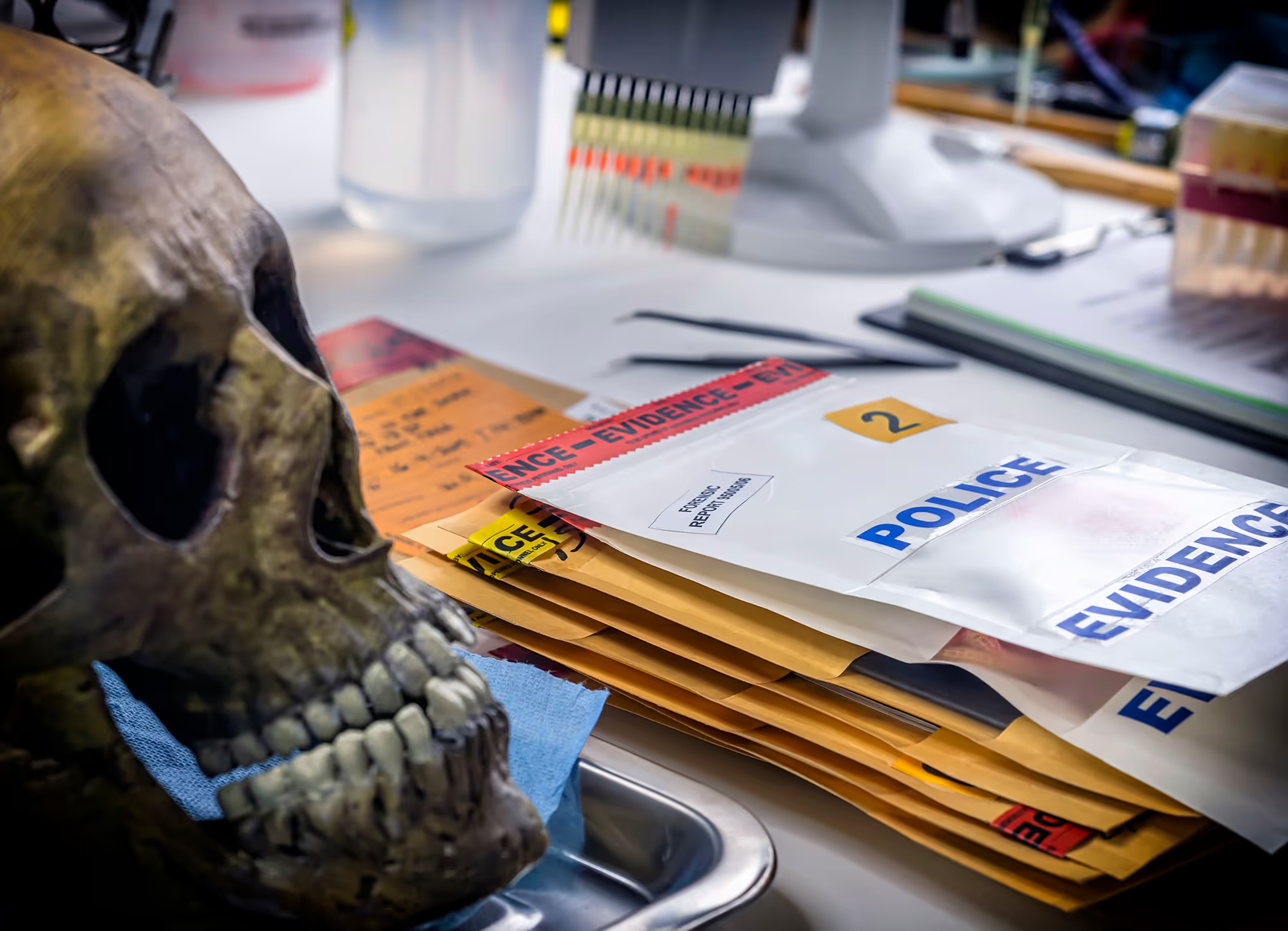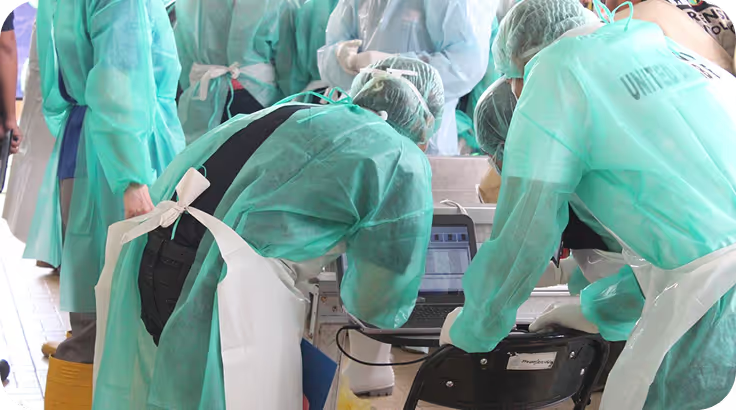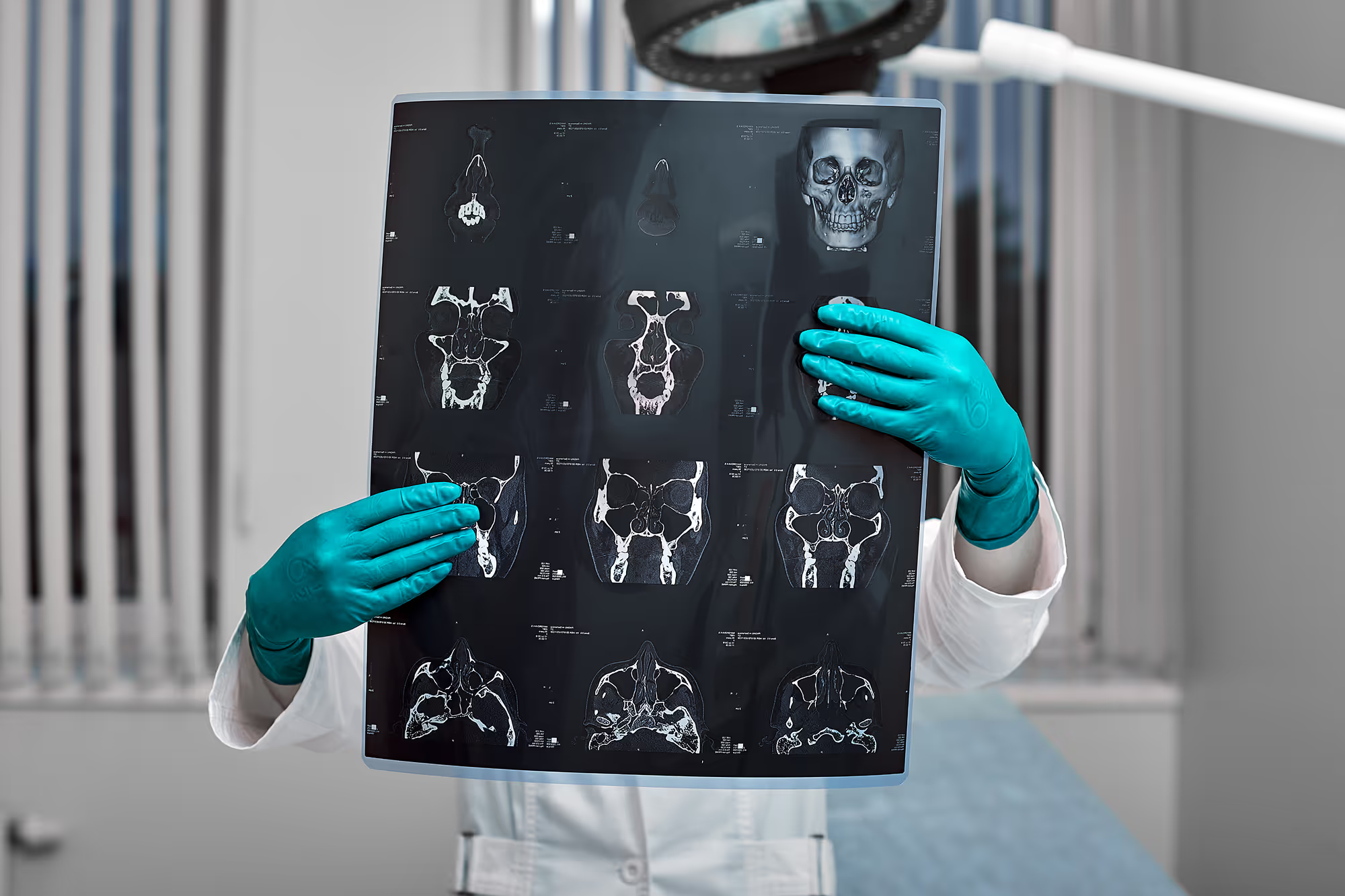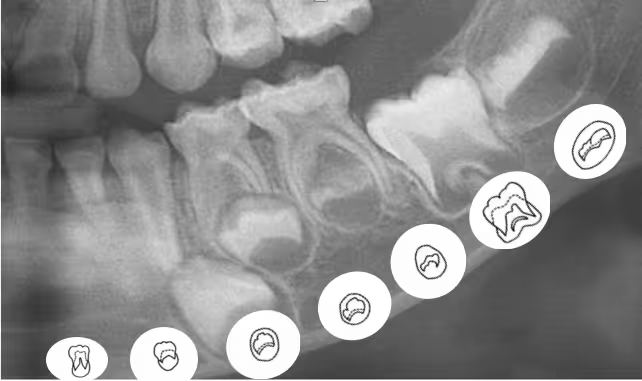Dental Evidence: The Unmatched Value of Teeth in Forensics

Introduction
Forensic odontology applies dental science to assist in legal investigations. This field plays a vital role in identifying victims of disasters, crimes, and abuse, especially when other methods such as fingerprints or visual recognition are not possible.
As disasters become more complex and frequent, forensic odontology offers a fast, accurate, and cost-effective identification method, bringing justice and closure when other techniques fall short.
As disasters become more complex and frequent, forensic odontology offers a fast, accurate, and cost-effective identification method, bringing justice and closure when other techniques fall short.
What Makes Teeth So Unique?
Every individual has a distinctive dental profile, which includes tooth size and shape, root and crown morphology, tooth position and alignment, and the presence of restorations such as crowns, bridges, fillings, implants, and root canals.
Enamel, the hardest substance in the human body, helps preserve the tooth structure even in extreme conditions like fire (up to 871°C), water immersion, decomposition, and physical trauma. This durability makes teeth a reliable biological identifier when other soft tissues are destroyed.
Enamel, the hardest substance in the human body, helps preserve the tooth structure even in extreme conditions like fire (up to 871°C), water immersion, decomposition, and physical trauma. This durability makes teeth a reliable biological identifier when other soft tissues are destroyed.
Applications of Dental Identification
Mass Disaster Victim Identification (DVI): In large-scale disasters, where remains may be fragmented or decomposed, dental identification is often the only feasible method for confirming identity.
Bite Mark Analysis: Used in assault or homicide cases, bite marks can be compared to a suspect’s dental structure, accounting for alignment, spacing, and unique tooth characteristics.
DNA Extraction from Teeth: When direct comparison is not possible, DNA can be retrieved from the pulp chamber or the entire tooth through grinding techniques. This allows for reliable identity confirmation even in severely damaged remains.
Age Estimation: Dental development and structural changes provide critical indicators for estimating age in both children and adults, supporting humanitarian and immigration processes, legal age determinations, and the identification of unknown individuals.
Bite Mark Analysis: Used in assault or homicide cases, bite marks can be compared to a suspect’s dental structure, accounting for alignment, spacing, and unique tooth characteristics.
DNA Extraction from Teeth: When direct comparison is not possible, DNA can be retrieved from the pulp chamber or the entire tooth through grinding techniques. This allows for reliable identity confirmation even in severely damaged remains.
Age Estimation: Dental development and structural changes provide critical indicators for estimating age in both children and adults, supporting humanitarian and immigration processes, legal age determinations, and the identification of unknown individuals.
The Critical Role of Dental Identification
Dental identification plays a crucial role in various legal, social, and humanitarian contexts. Its value lies in several key attributes:
- Resilience in Harsh Conditions: Dental structures can withstand extreme heat, trauma, and decomposition.
- Availability of Antemortem Records: Many individuals have dental radiographs or records from routine care, increasing the chances of identification.
- Speed and Cost Efficiency: Compared to DNA analysis, dental identification can be quicker and more affordable.
- High Individuality: Dental anatomy and treatments are highly individualized, reducing the risk of misidentification.
Why Identification Matters
Purpose: Why It Matters
Marriage: Legal remarriage requires formal death confirmation
Financial: Life insurance, pensions, and inheritance depend on confirmed identity
Burial: Many religious and cultural rites require proper identification
Closure: Families need certainty and legal confirmation
Justice: Criminal cases rely on verified identity for prosecution and defense
Marriage: Legal remarriage requires formal death confirmation
Financial: Life insurance, pensions, and inheritance depend on confirmed identity
Burial: Many religious and cultural rites require proper identification
Closure: Families need certainty and legal confirmation
Justice: Criminal cases rely on verified identity for prosecution and defense
Conclusion
Forensic odontology remains an essential pillar of human identification, age estimation, and forensic investigation. Its precision, reliability, and adaptability in challenging environments make it invaluable to forensic science. Whether supporting humanitarian missions, disaster recovery, or criminal justice, dental identification helps deliver answers when they are needed most.





















